Changing Funace Filters in Time
Created: January 13, 2011
Last Revised: October 21, 2023
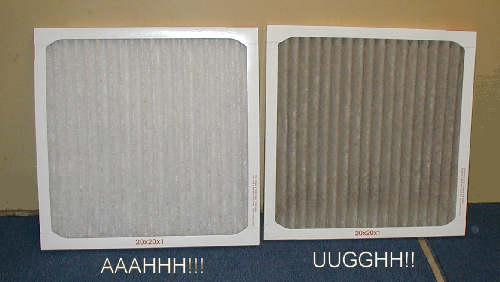
Home Contact Us

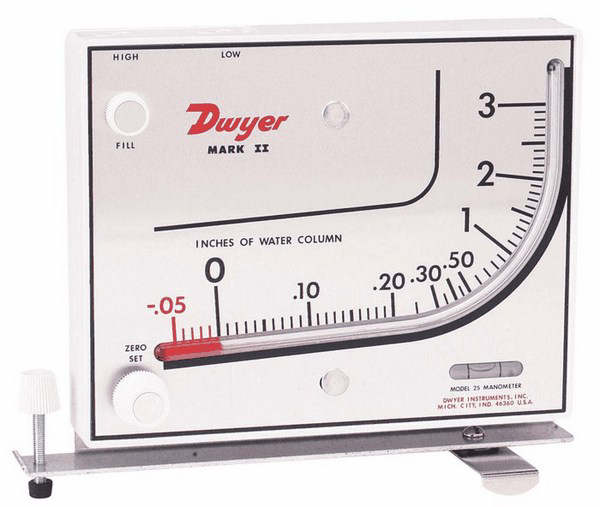
Contact any supplier of HVAC equipment to get one, or Google the name above to buy one online.
Our's is a manufactured home and it has the furnace on the main floor. The furnace is just inside the back door, in the
laundry area, so I can see the gage anytime I come through that entrance.
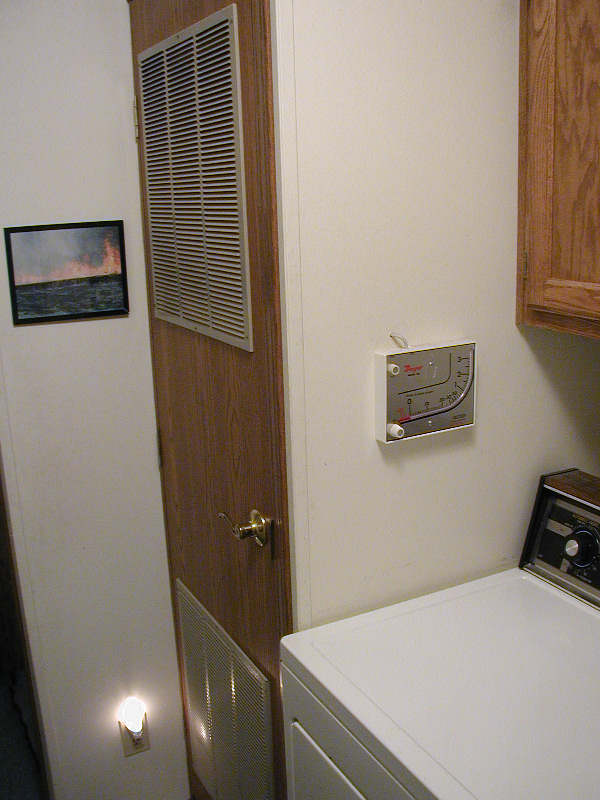
The gauge comes with several feet of tubing, so one has the opportunity to mount it someplace where it is easy to see.
There are a couple ways to determine when your filters need to be changed.
1. In my case, I use 3M Filtrete filters, so I called 1-800-3MHelps to find out the maximum vacuum that the filter should have.
Their suggestion seems to work out pretty well because, when I see the gage reading about .17 inches of water and change the
filter(s), they are pretty well clogged up.
2. If you can't get a "number" from the manufacturer of the filters you use, simply read the draft gage when you install a
new filter and then check the gage every month or so to watch the reading increase. When you see the reading increase from,
let's say .10 inches of water to .12 inches of water, remove the filter and check it for build up. If the build up is minor,
put it back and wait another month or so. Read the gage and look at the filter again. The filter will be getting more
plugged up. Continue the process until the gage reads about .02 or .03 inches of water more than it did when you put the new one in.
If the filter still doesn't look very dirty, I'd replace it anyway.
Filters vary a lot in their intial impediment to air flow. Usually the more stuff the filter traps, the higher the vacuum
it causes. So, if you don't NEED a super-duper anti-alergen filter, you will probably save some money on your heating bill.
Here are a couple of examples of readings that I got just yesterday. I admit that I had not taken a reading when I put
this filter in, but, when I checked it, it was pretty well clogged. It was the less expensive of the 3M filtrete filters,
so I am pretty sure that it would have read .09 or .10 when I put it in. You can see that the gage reads .14 now.
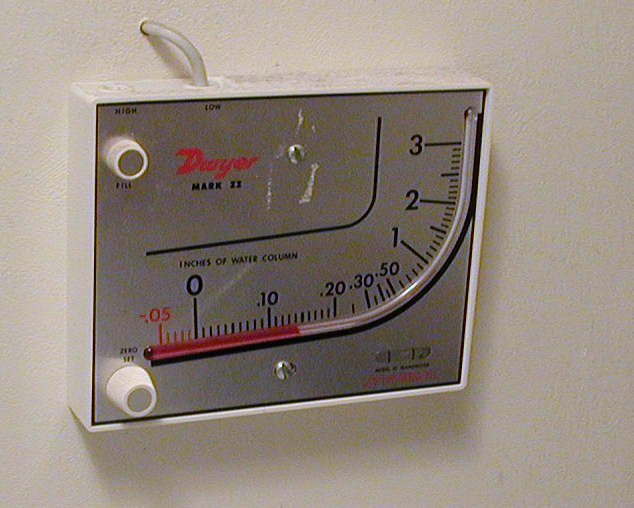
The filter that I just installed is a "3M 1000". That's a very fine alergen stopping kind of filter, I think.
You can see that it reads .12.
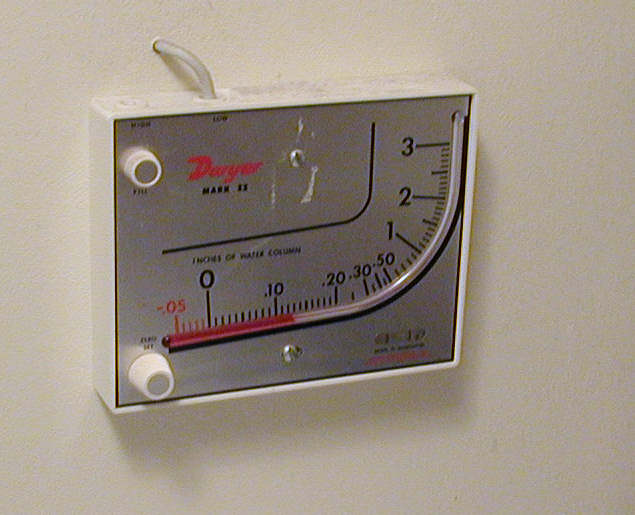
If the draft gauge does nothing else it does make me more aware of the furnace filter and of the opportunity to save some
energy and some money by paying it closer attention.
A last note: My furnace uses 2 of the 20" X 20" X 1" size. I watch for sales on furnace filters and I buy several sets at
a time so I can always make a change when needed rather than having to put the filter on the gorcery list for "next time".